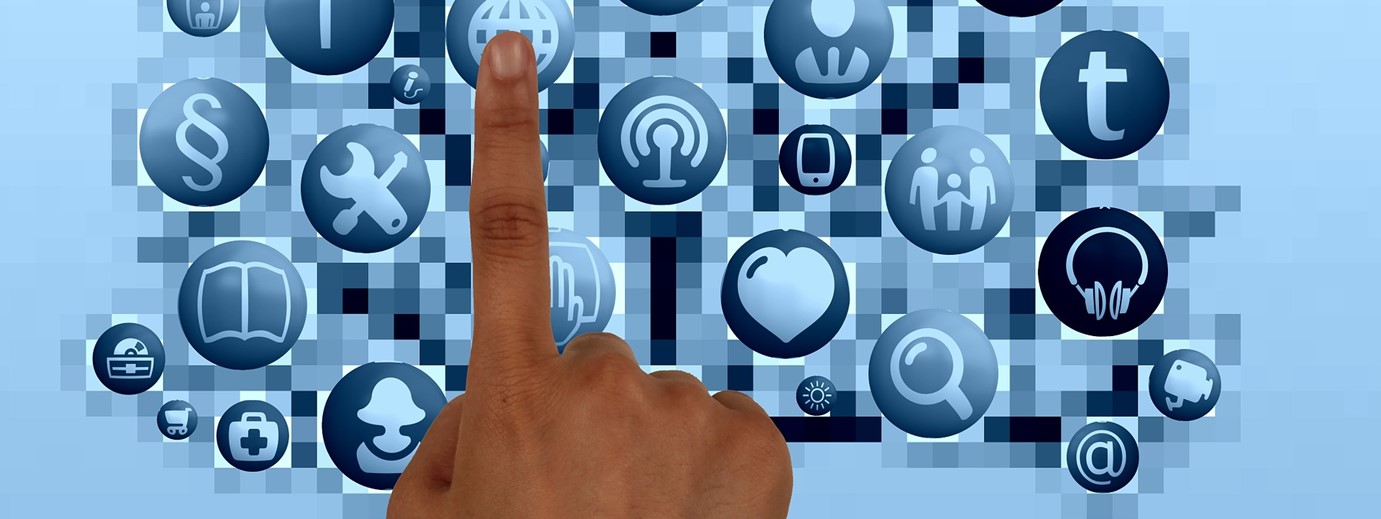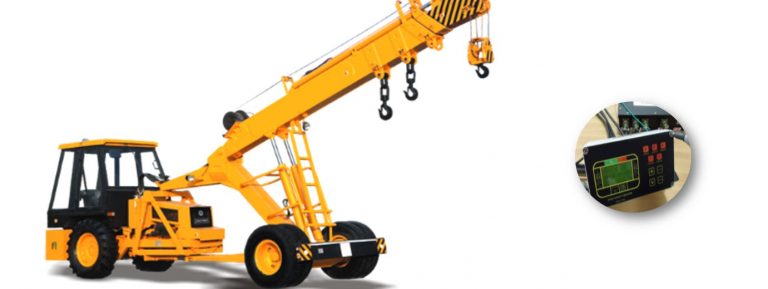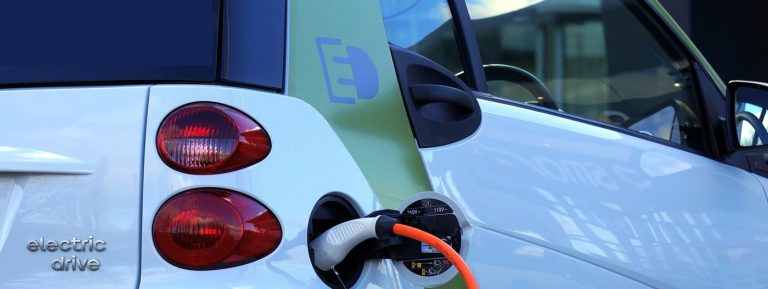The futuristic aspect of IoT (Internet of Things) has created a stir in everyday life, but what fuels the development of IoT is the information gathered by mobile apps. Mobile applications began with banking activity, and games like Candy Crush. Now the data collected from mobile apps can shape a person’s life and the target of a marketing strategy. WiFi-connected thermostats for a home, GPS powered tracking devices for wildlife, and intelligent personal assistants such as Amazon’s verison Alexa are all examples of Internet of Things.
According to Gartner, by 2020 21 billion devices will be connected to the Internet operating based on rich data derived from mobile apps.
To understand the use of IoT, one first has to understand the groundbreaking evolution of the Internet in the modern-day. Before the early 90’s, sending an email was unheard of and websites for business were considered frivolous and over the top; now brand credibility is lost without one. People consider their 5000 Facebook followers their “friends”, and the President “tweets” his opinions. Neil Gross, Professor of sociology at the University of British Columbia, was quoted in 1999 saying “In the next century, planet Earth will don an electronic skin…It will use the Internet as a scaffold to support and transmit its sensations.” Consumer-to-business relations are now fueled by the vital data collected from people’s activity and desires communicated through cell phones and tablets. The relationship between mobile apps and IoT places IoT as the endpoint although mobile apps have a growing purpose as internal and external sensors.
Software engineers are focusing more on the prolific connection between APIs ( application programming interfaces) on a device-level interface and the endpoint of IoT. Mobile apps can have dual channels of communication- through data control of a device or through functionality acting as a remote for IoT.
Smart home thermostats and security systems are a great example of dual communication between mobile apps and IoT. The data used to program the system comes from the data the user inputs within the app, but the user can also change settings on the system directly from the functional interface.
Another example is the use of wearable fitness trackers. Data interface technology can use information collected from the sensor of a fitness tracker to read a possible heart attack or stroke, and that information can be collected by a doctor to make a diagnosis. This use of technology reduces debilitating illness thereby assisting in the management of healthcare staffing by preventing unnecessary hospital visits.
Using cloud-based technology has opened various doors for wireless innovation. IoT app developers are considering the functionality of different cloud platforms when deciding user-friendly functions and the visual & network security aspects. Innovation has made it possible for technology that would have required millions of dollars to create in the 80’s to only cost a developer under $1000 in the present times.
Another type of cross-use of mobile apps and IoT includes sensory monitoring for the elderly, making it possible to place sensors throughout the home that communicates with a wearable placed on the individual’s wrist.
Farmers are tracking growth, temperature change and irrigation usage with mobile sensory apps that communicate with farming equipment.
For retail and distribution industries, the use of mobile apps and IoT is increasing productivity and reducing operating expenses.
Amazon is currently using robots to fill orders based on demand electronically communicated from sales orders. Walmart uses scanners to gather data about sales peaks and troughs, management can then walk through the store gathering real-time inventory counts which assists in loss prevention and prevents product shortages.
Mobile applications and the Internet of Things will continue to be used together in the future. The reduction of healthcare costs is sustainable in the next ten years, and companies are seeing stronger results from accurate marketing targets. The data gathered from mobile apps allow IoT to make everyday lives simpler. From vacuum cleaners that run by themselves to wearable T-shirts that transfer the feeling of a hug; Artificial intelligence has graced the world in a way that is unprecedented. This cannot be possible without the data gathered from a mobile application.



